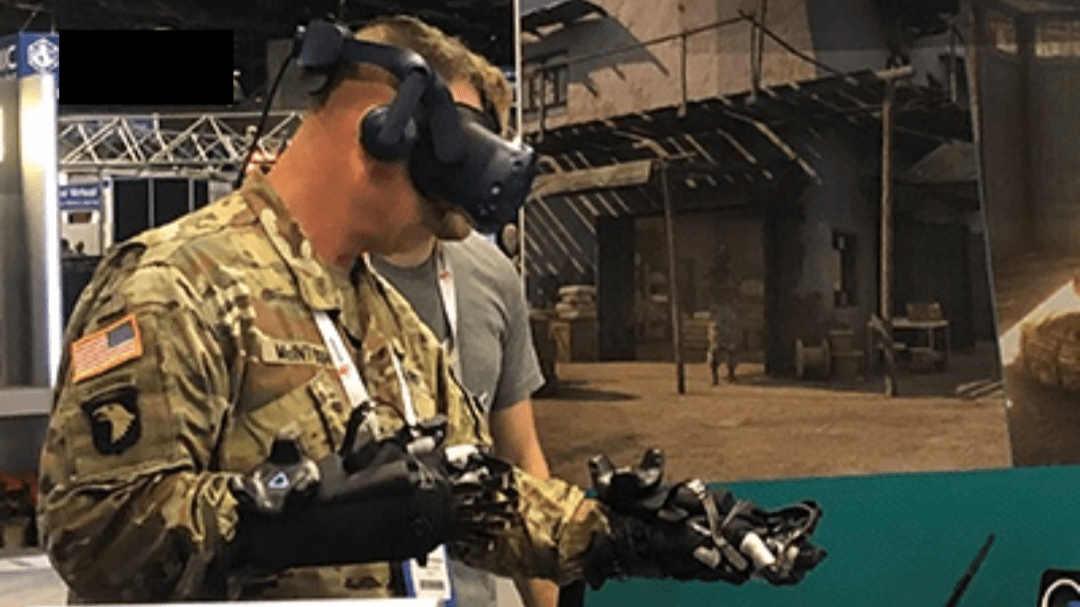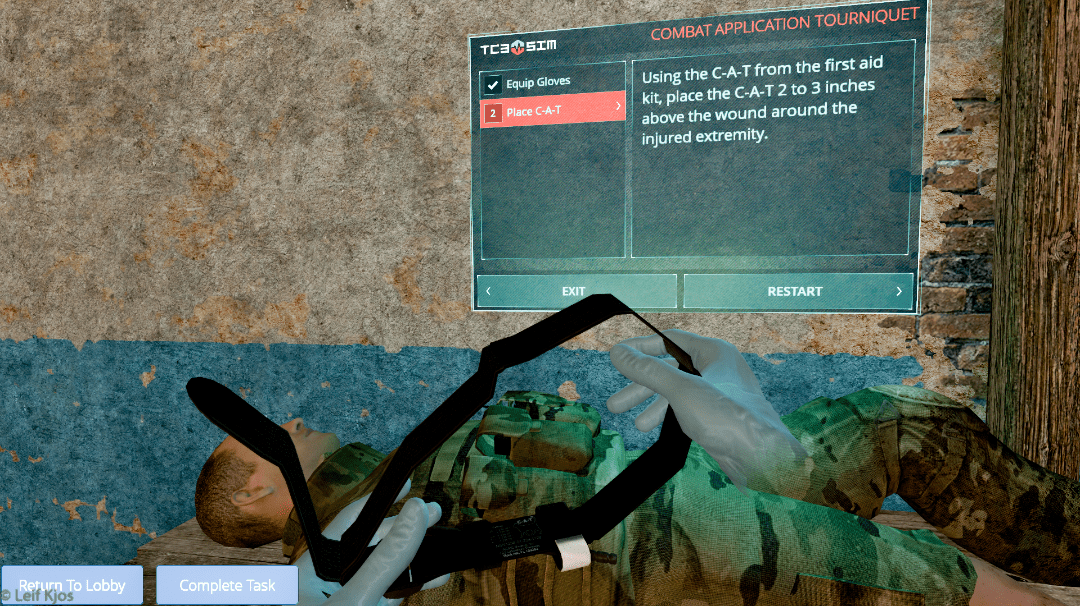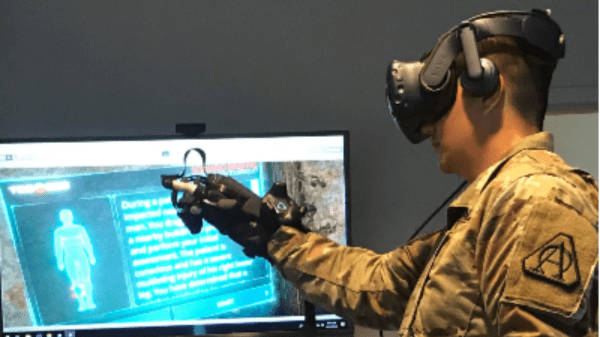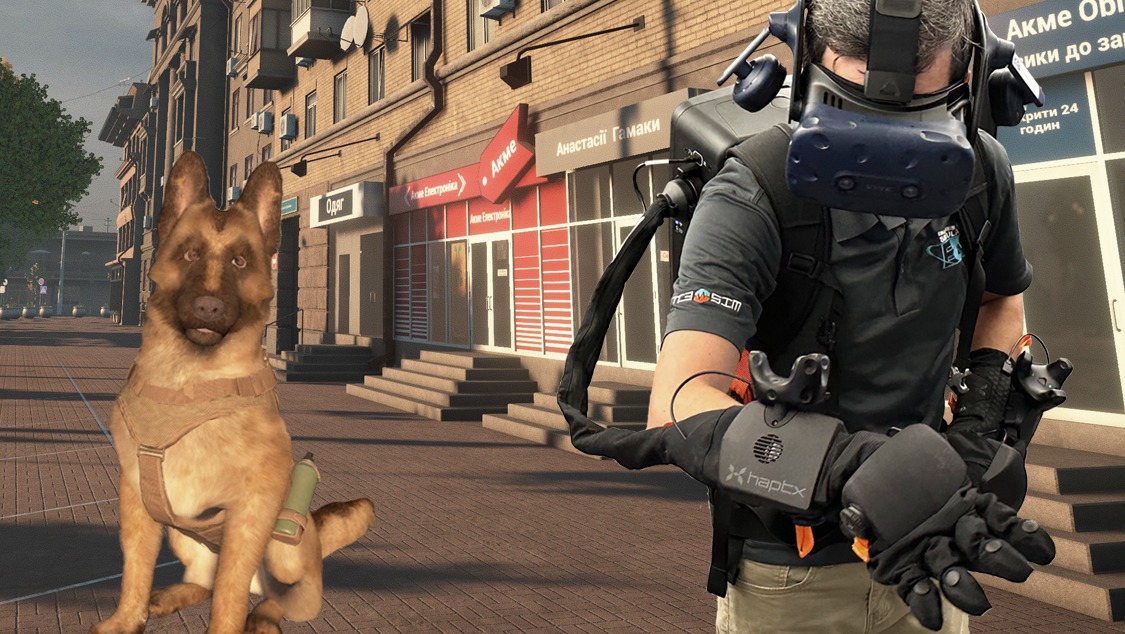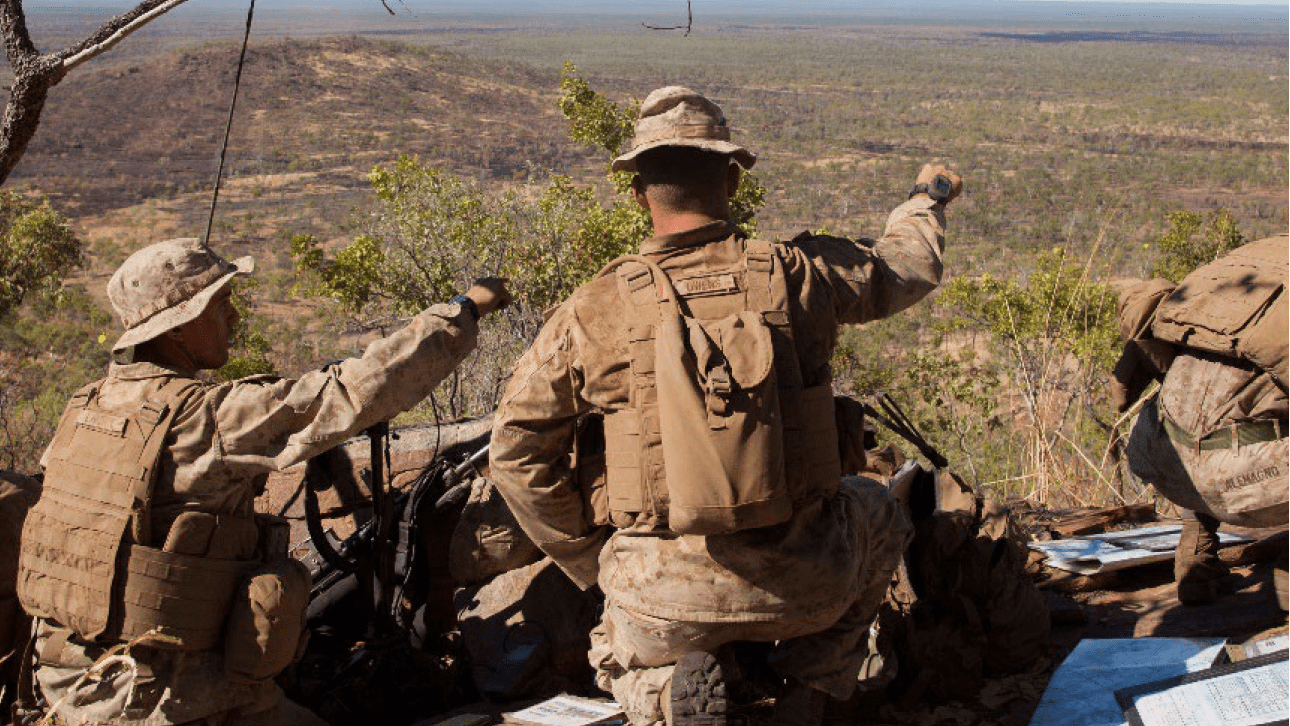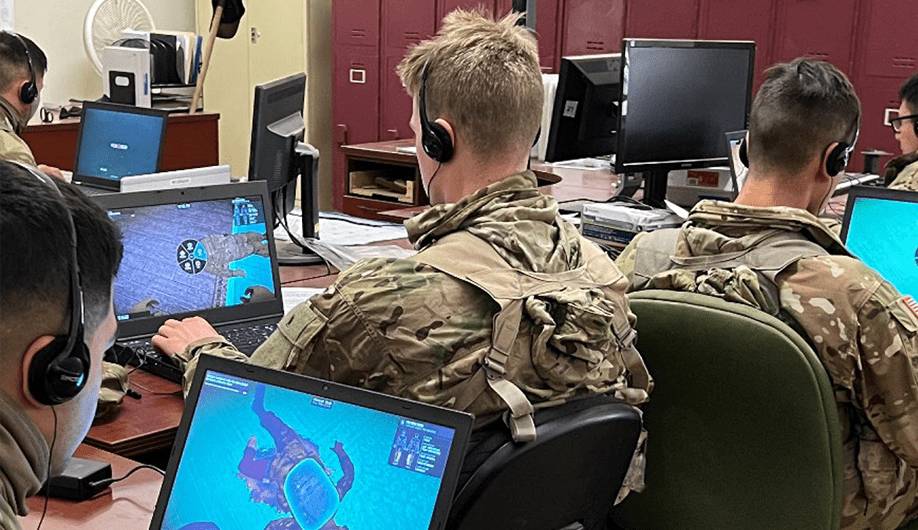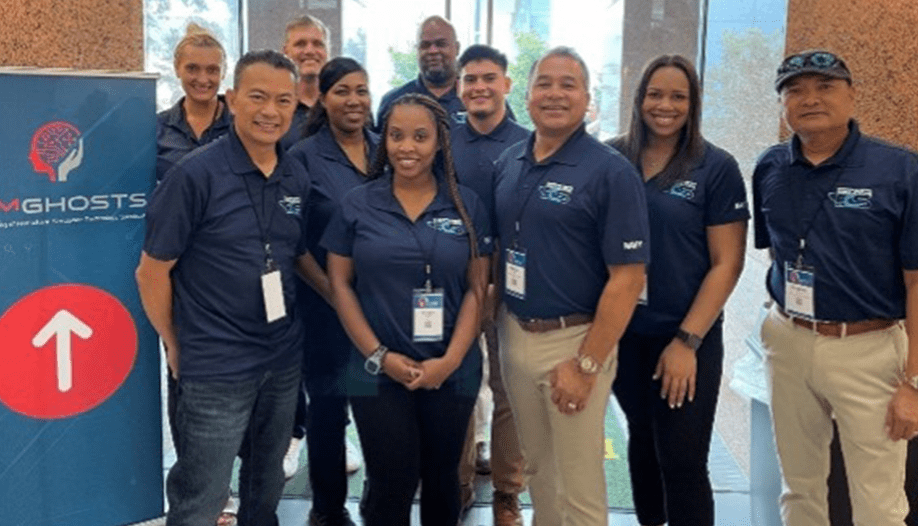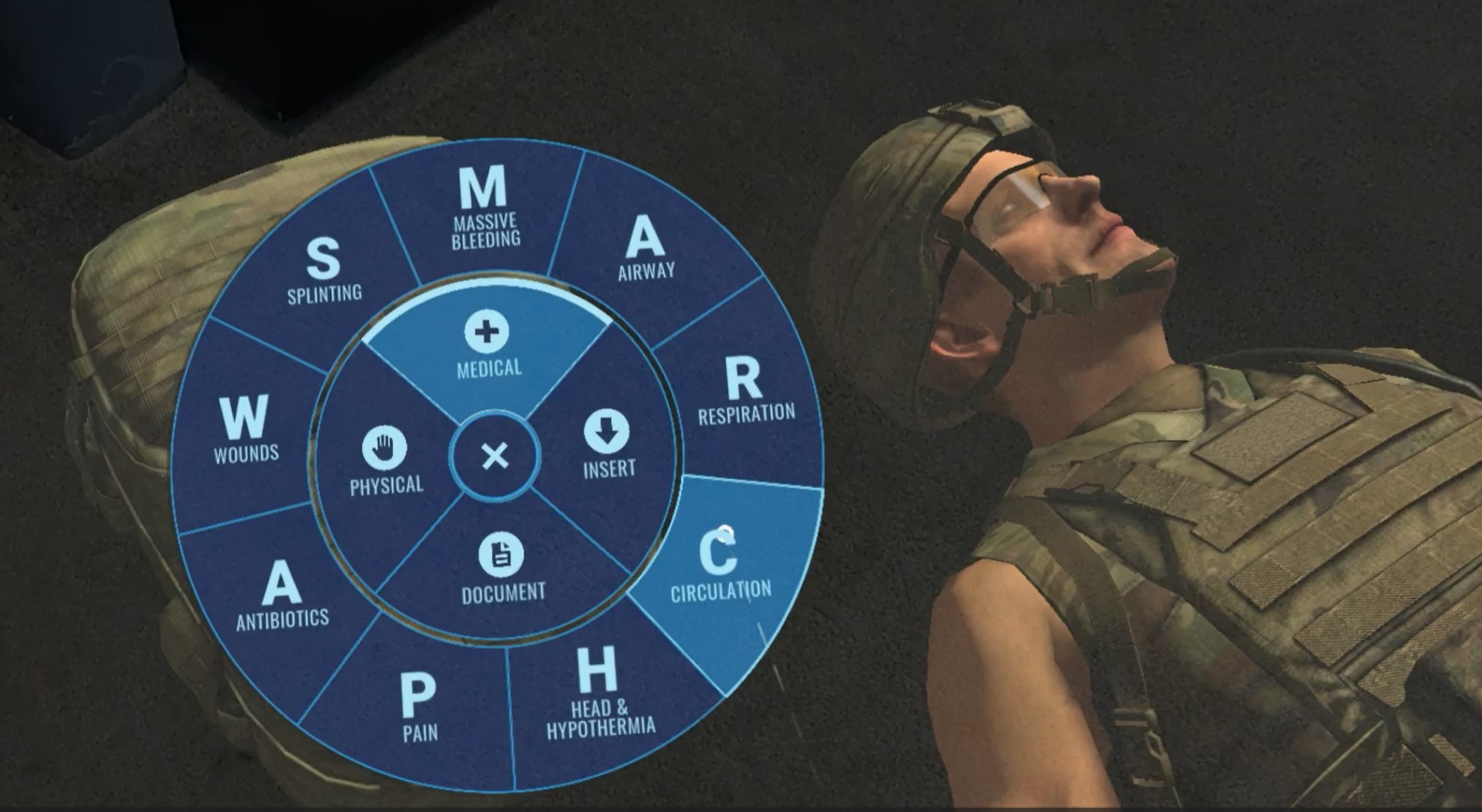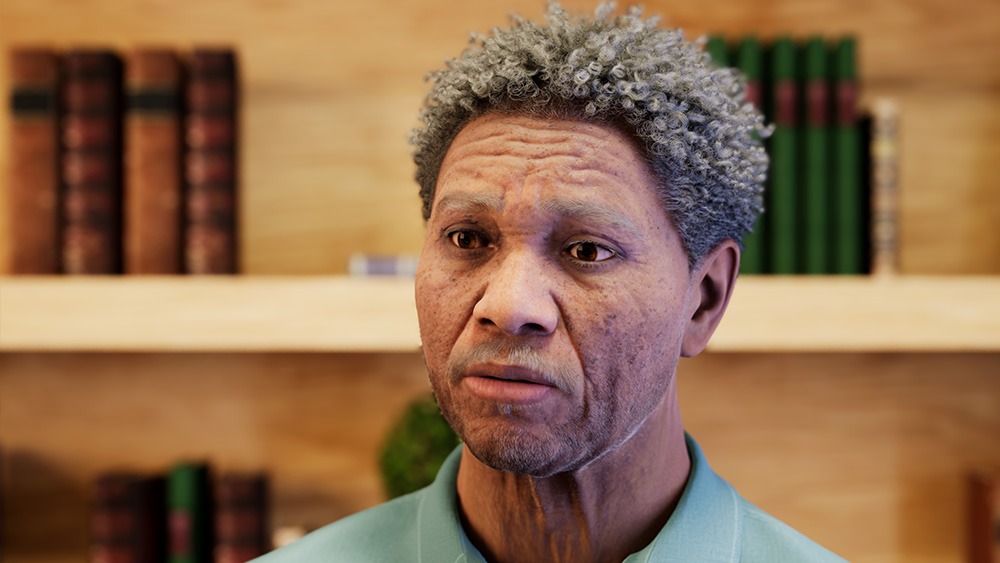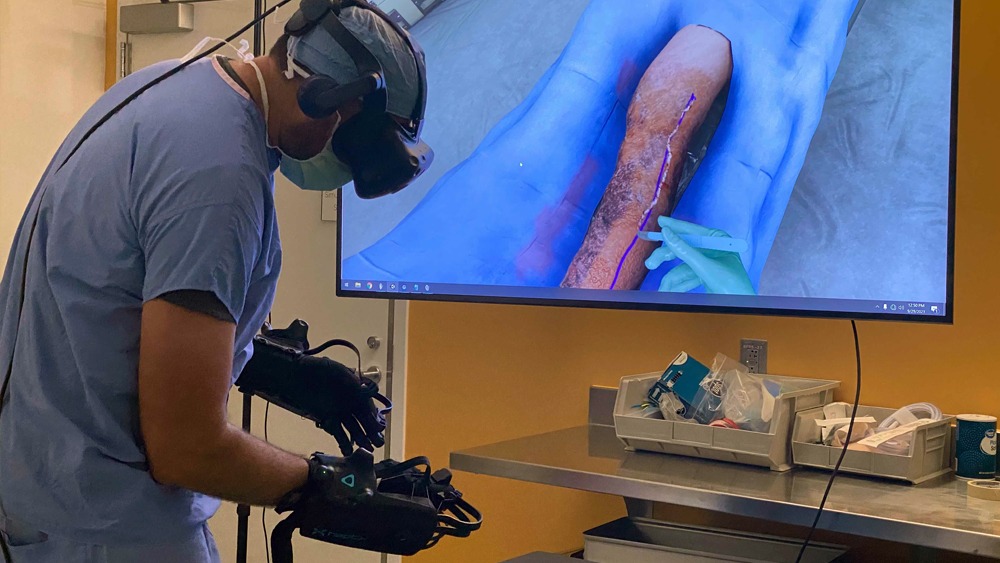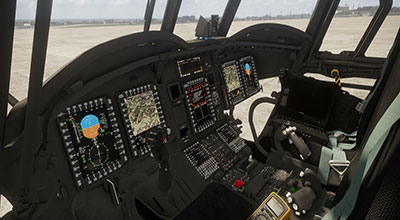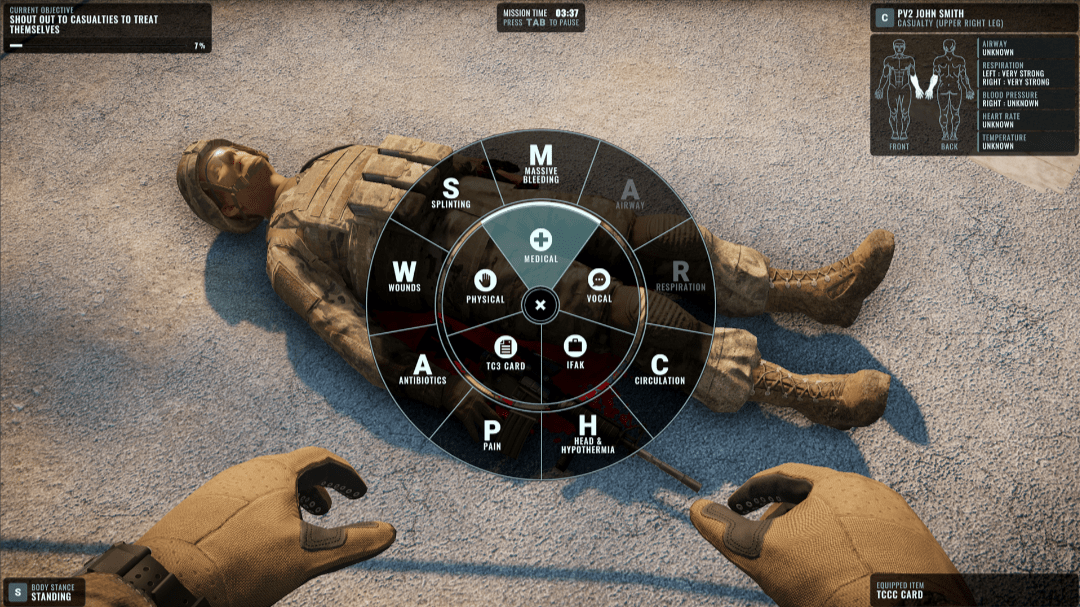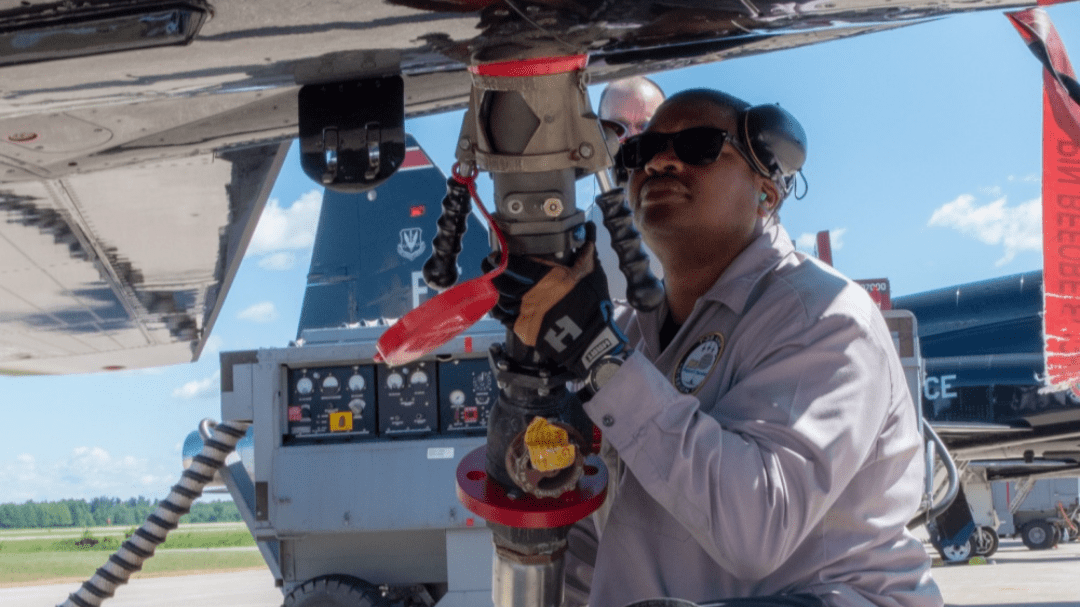This multi-year project with the Army CCDC-SC STTC focused on research and development of emerging tools, techniques, and technologies that could further advance scenario-based military medical training. Since initial development of Tactical Combat Casualty Care Simulation (TC3Sim) in 2005, many technologies have become available that warranted further research to determine their applicability to training. For example, commercial game engines have become more powerful at a fraction of their previous costs. How will these new capabilities best be applied to support training and education?
A primary objective of this research was to develop and prototype technologies that demonstrate the ability to improve the efficiency for how people learn. ECS evaluated, implemented, and refined these technologies to assess their impact on learning. To establish a baseline for testing, ECS ported TC3Sim into a modern game engine (Unity3D) to expand options for delivery and future development.
This research and development also included a multi-modal study on the use of highly immersive technologies and systems, including cave environments, virtual reality (VR), augmented reality (AR), mixed reality (MR), and Haptics. By exploring enhanced TC3 military medical training in a variety of VR, AR, and MR simulation modalities, TC3Sim now delivers a more comprehensive training experience with intuitive natural user interfaces combined with a realistic sense of touch and intuitive interactions.
As part of this work, the ECS team developed multiple extended reality (XR) training scenarios that utilize haptics technology across a range of skill objectives and multiple hardware platforms. TC3Sim uses these story-driven scenarios to teach and evaluate a combat medic’s knowledge of the required tactics, techniques, and procedures in a fully immersive virtual environment. Through the addition of haptics, Medics, Soldiers, First Responders, and healthcare professionals can now interact with and feel the virtual environment. Trainees can now shift their perspective from the typical VR experience of clicking a button on a controller to now interacting with a more natural approach of physically grasping an object or reaching out and touching a casualty with their hand. Trainees can bandage a wound, apply a tourniquet, and perform other highly tactile procedures while immediately feeling the surface, pressure, or resistance of their interactions. This transformational use of XR enhances the performance of medical teams and set the foundation for extensive follow-on research toward Army objectives, including the emergence of the Synthetic Training Environment (STE).

